实例介绍
【实例简介】5G channel model for bands up to 100 GHz - Second revisioin.pdf
【实例截图】
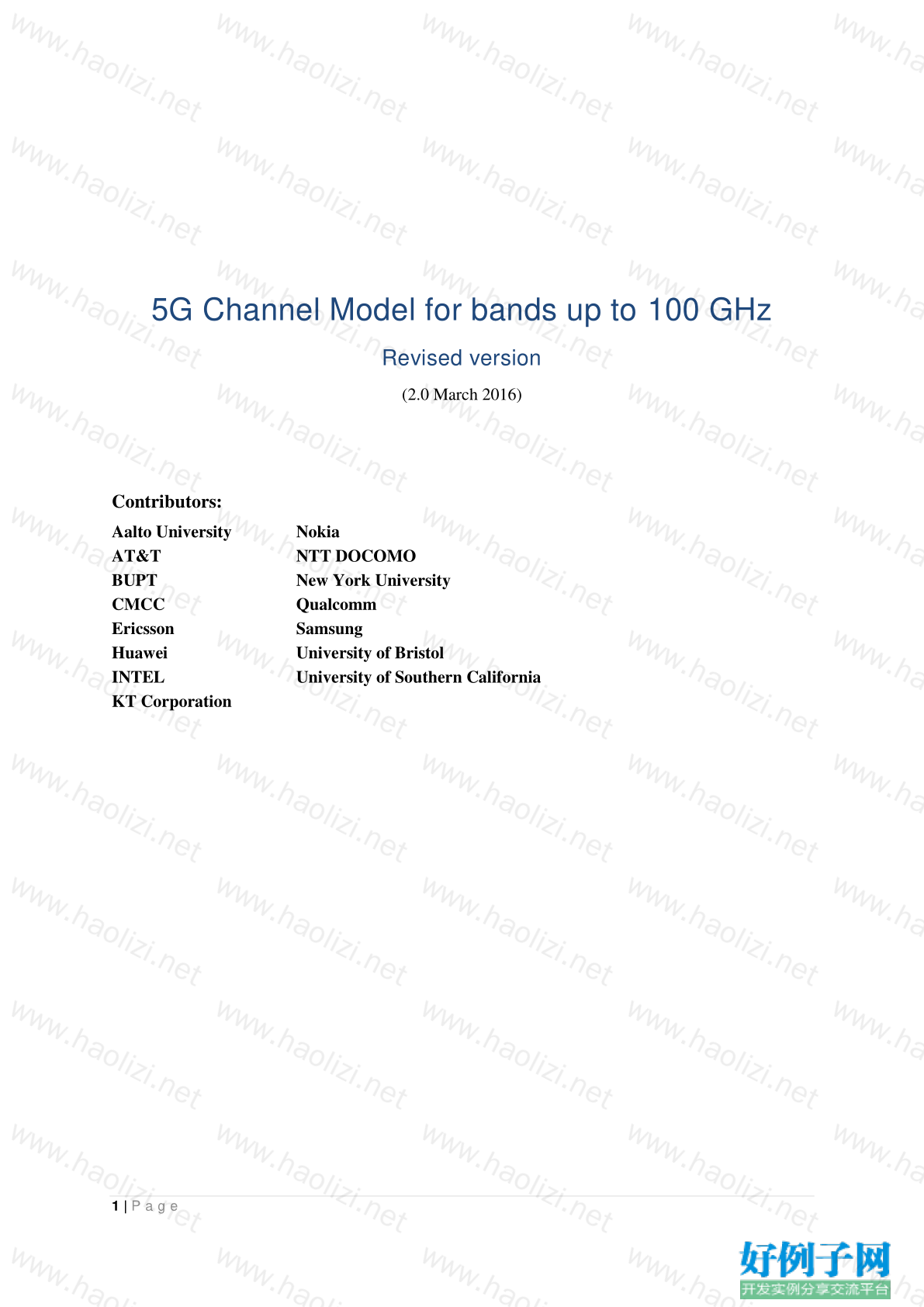
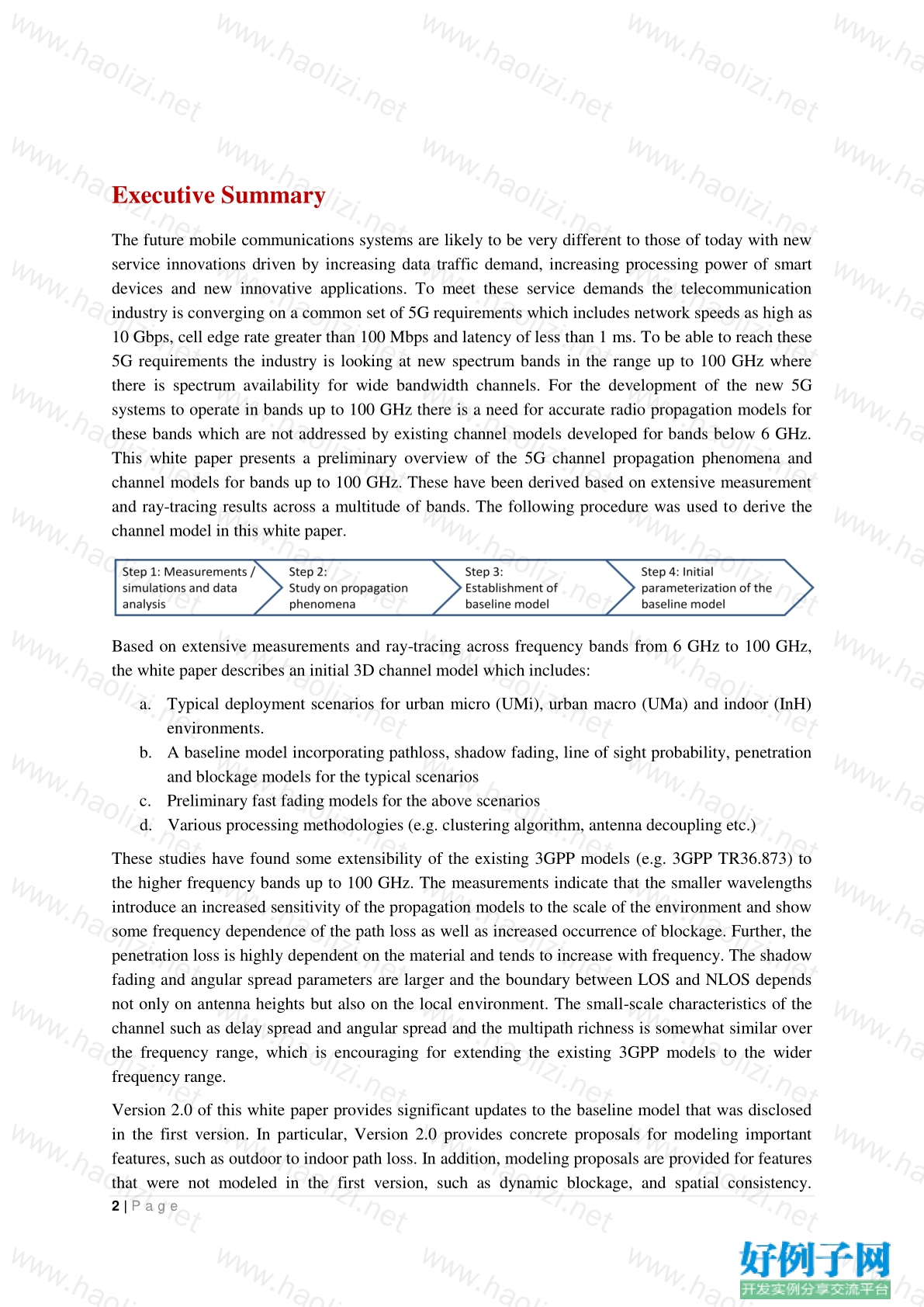

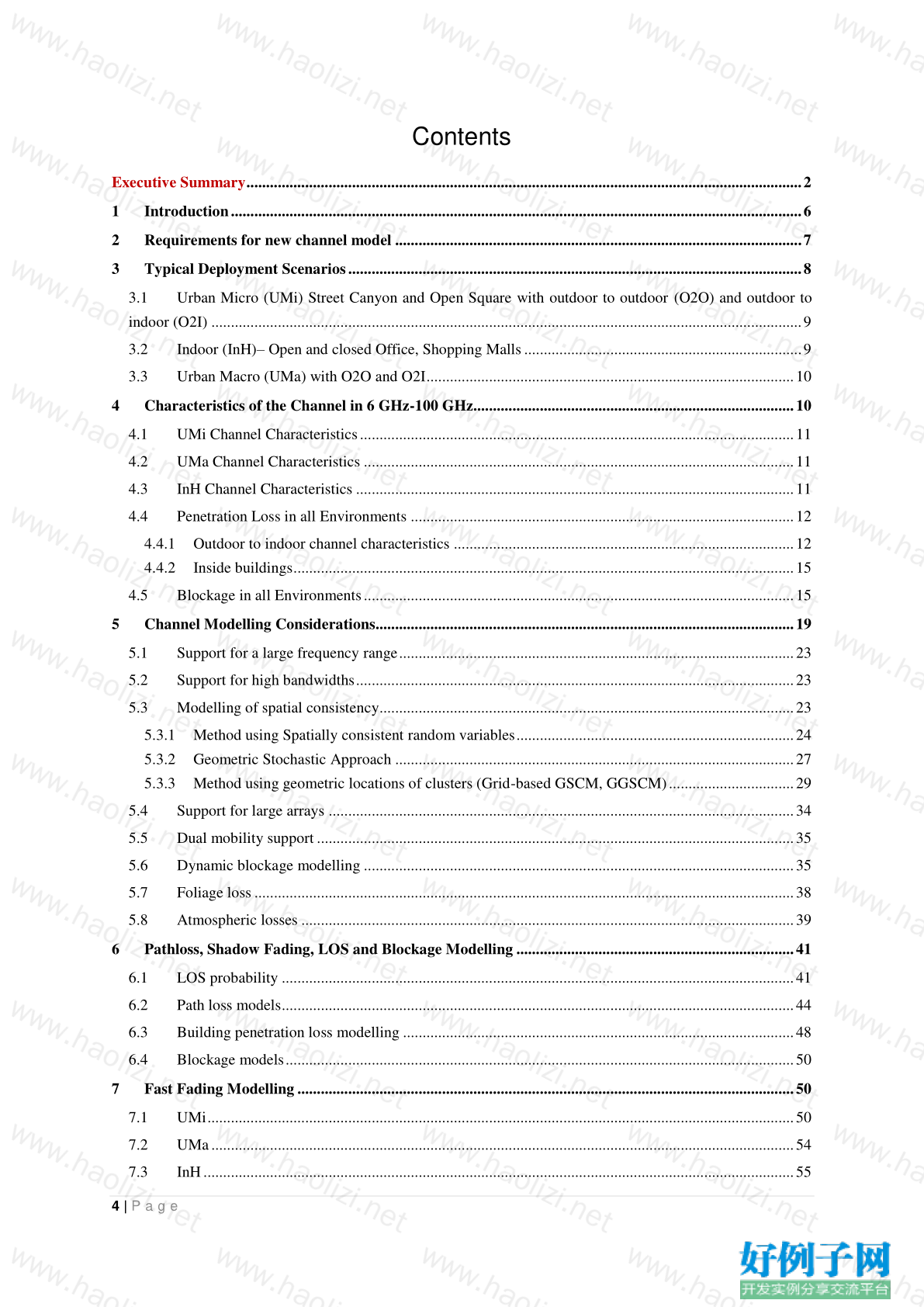
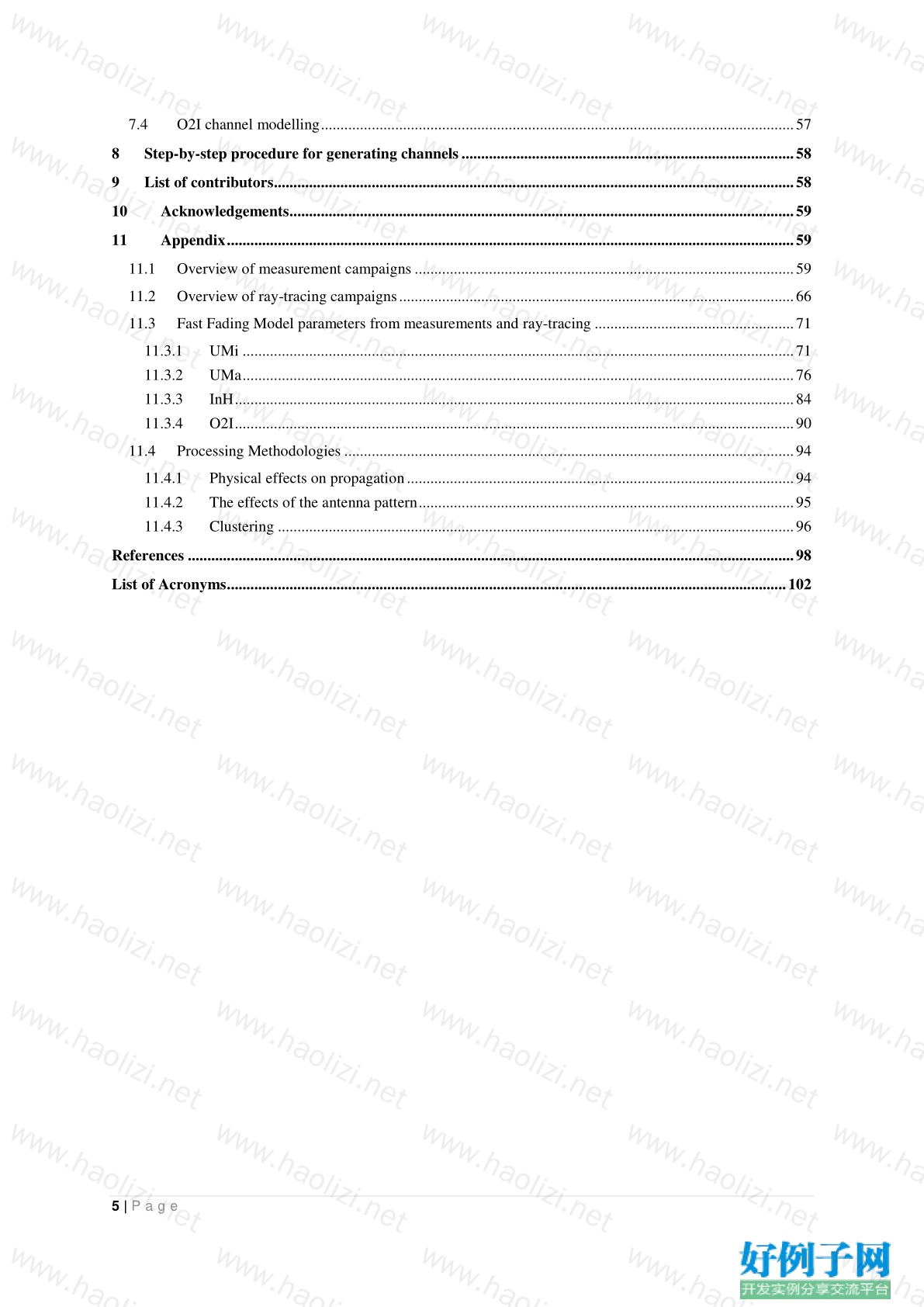
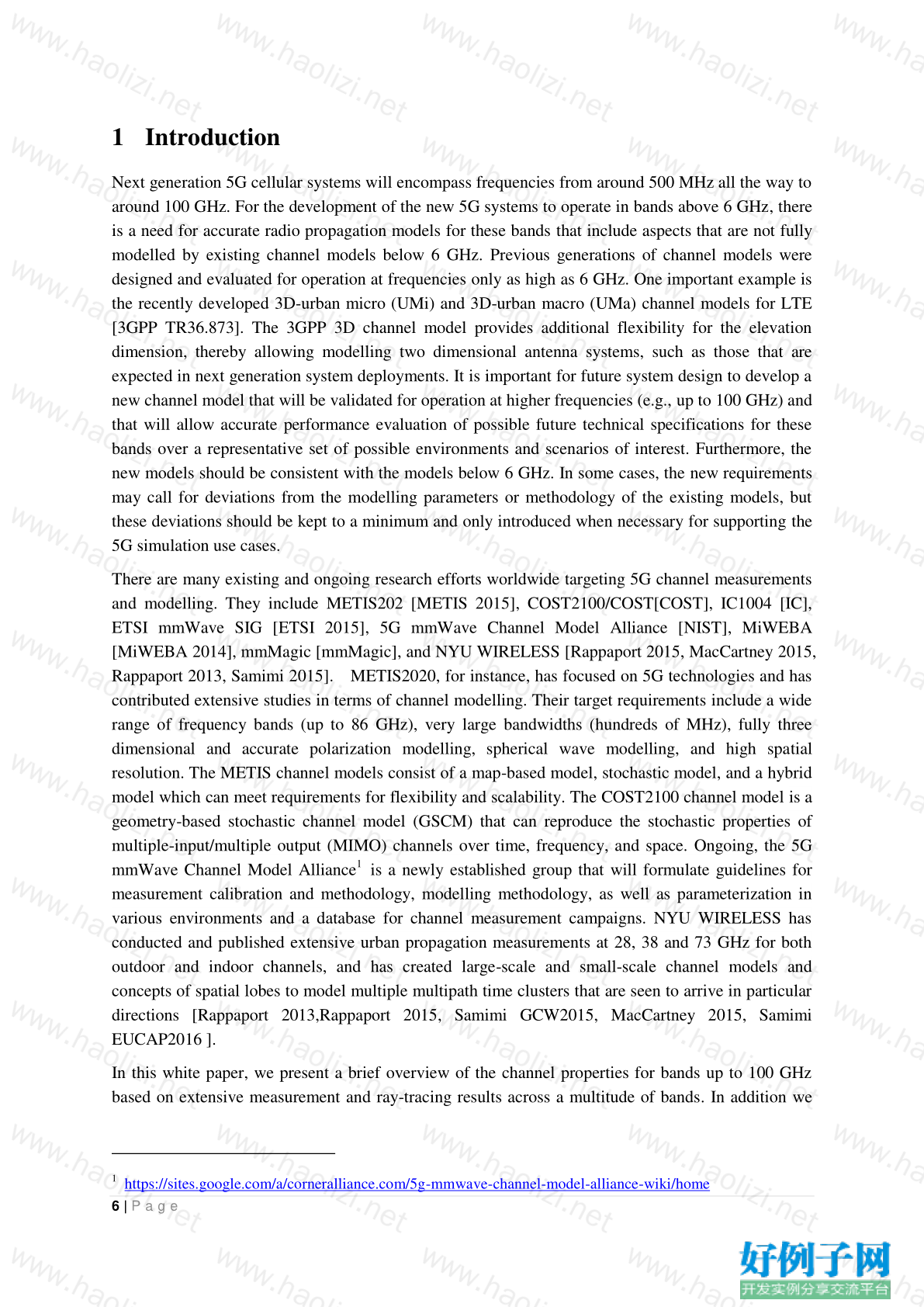

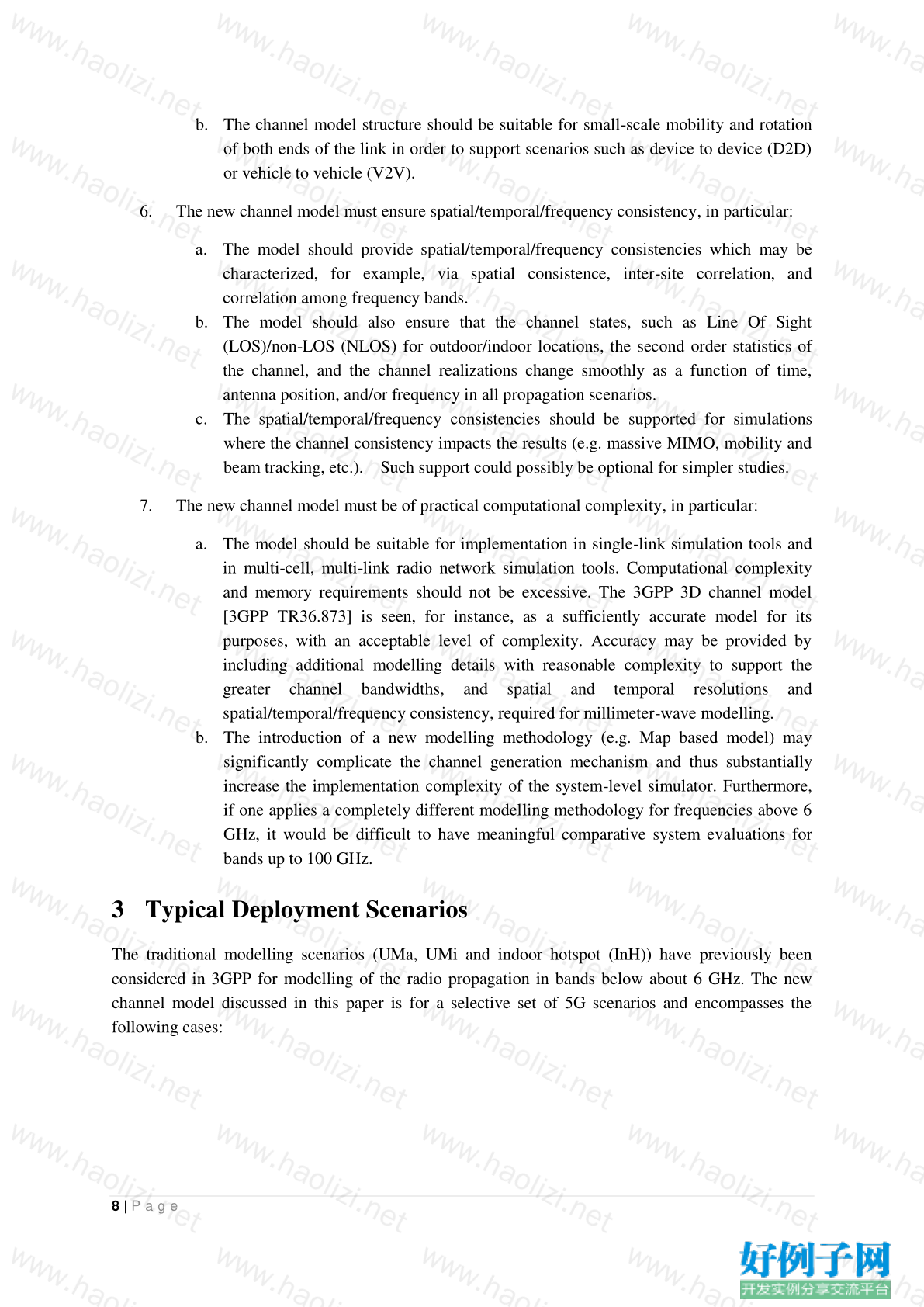
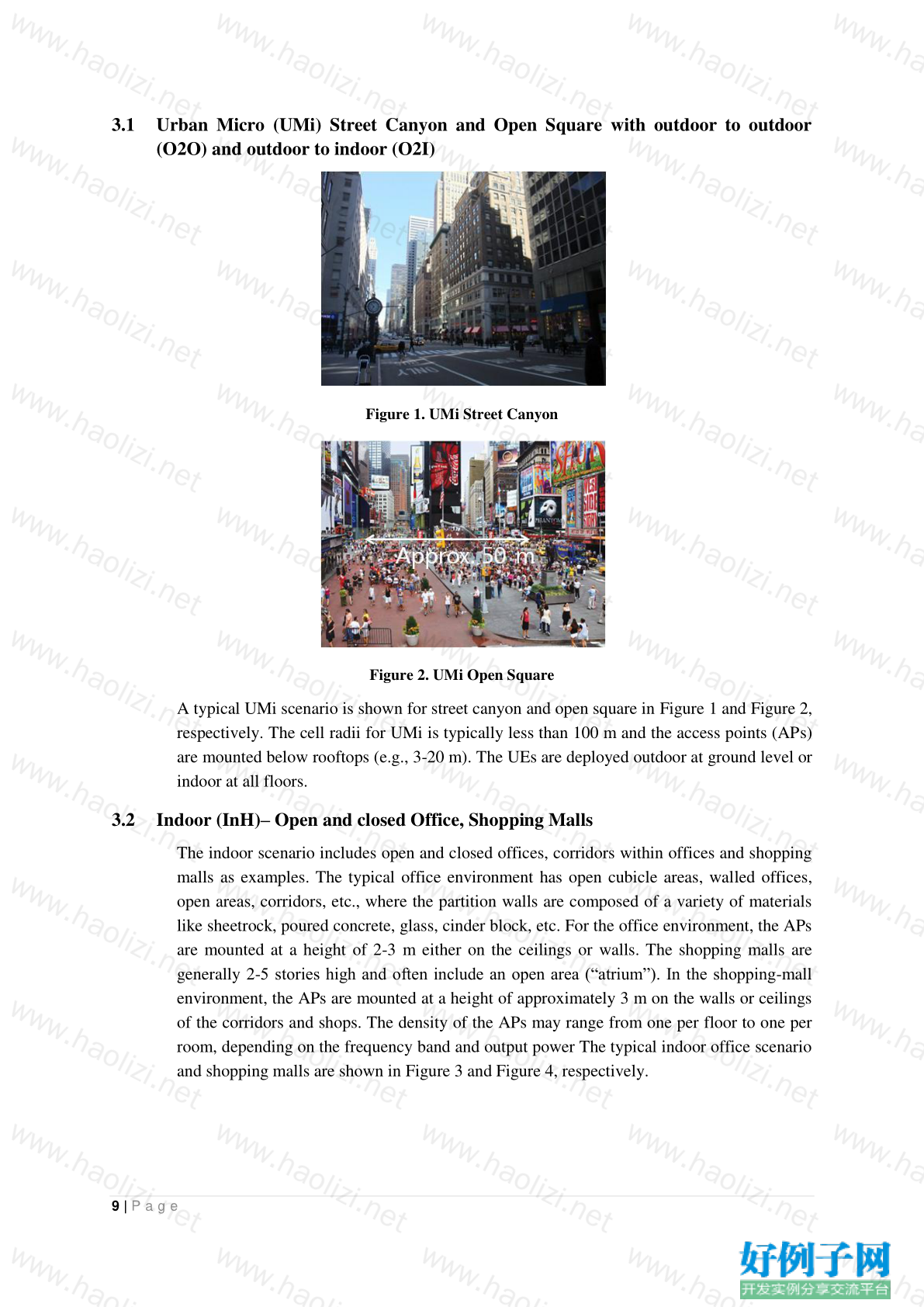
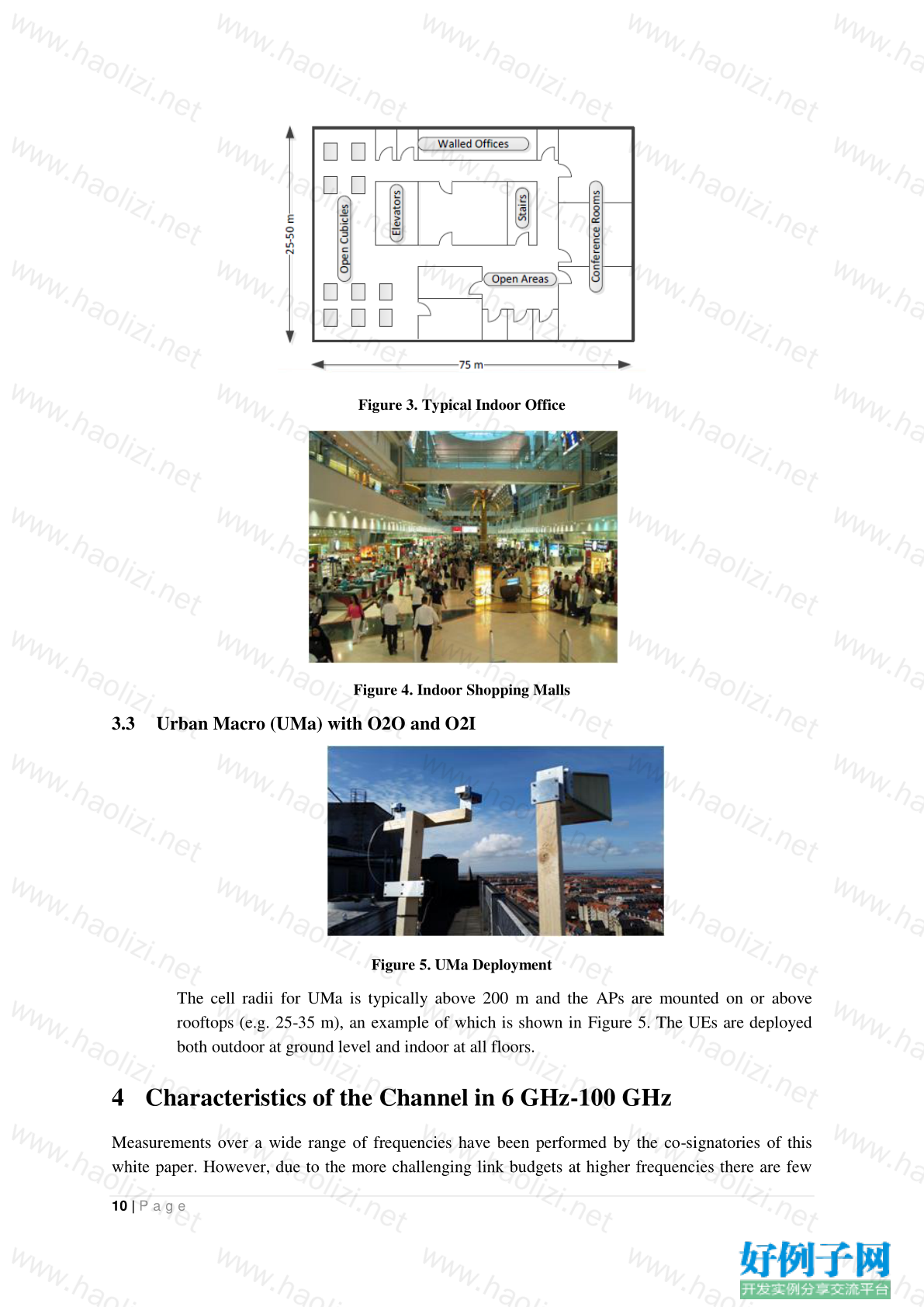
【核心代码】
Contents Executive Summary.............................................................................................................................................. 2 1 Introduction.................................................................................................................................................. 6 2 Requirements for new channel model ........................................................................................................7 3 Typical Deployment Scenarios.................................................................................................................... 8 3.1 Urban Micro (UMi) Street Canyon and Open Square with outdoor to outdoor (O2O) and outdoor to indoor (O2I) ....................................................................................................................................................... 9 3.2 Indoor (InH)– Open and closed Office, Shopping Malls.......................................................................9 3.3 Urban Macro (UMa) with O2O and O2I.............................................................................................. 10 4 Characteristics of the Channel in 6 GHz-100 GHz.................................................................................. 10 4.1 UMi Channel Characteristics............................................................................................................... 11 4.2 UMa Channel Characteristics .............................................................................................................. 11 4.3 InH Channel Characteristics ................................................................................................................ 11 4.4 Penetration Loss in all Environments .................................................................................................. 12 4.4.1 Outdoor to indoor channel characteristics ....................................................................................... 12 4.4.2 Inside buildings................................................................................................................................ 15 4.5 Blockage in all Environments.............................................................................................................. 15 5 Channel Modelling Considerations........................................................................................................... 19 5.1 Support for a large frequency range..................................................................................................... 23 5.2 Support for high bandwidths................................................................................................................ 23 5.3 Modelling of spatial consistency.......................................................................................................... 23 5.3.1 Method using Spatially consistent random variables....................................................................... 24 5.3.2 Geometric Stochastic Approach ...................................................................................................... 27 5.3.3 Method using geometric locations of clusters (Grid-based GSCM, GGSCM)................................ 29 5.4 Support for large arrays ....................................................................................................................... 34 5.5 Dual mobility support .......................................................................................................................... 35 5.6 Dynamic blockage modelling .............................................................................................................. 35 5.7 Foliage loss.......................................................................................................................................... 38 5.8 Atmospheric losses .............................................................................................................................. 39 6 Pathloss, Shadow Fading, LOS and Blockage Modelling ....................................................................... 41 6.1 LOS probability ................................................................................................................................... 41 6.2 Path loss models................................................................................................................................... 44 6.3 Building penetration loss modelling .................................................................................................... 48 6.4 Blockage models.................................................................................................................................. 50 7 Fast Fading Modelling ............................................................................................................................... 50 7.1 UMi...................................................................................................................................................... 50 7.2 UMa ..................................................................................................................................................... 54 7.3 InH ....................................................................................................................................................... 55 5 | P a g e 7.4 O2I channel modelling......................................................................................................................... 57 8 Step-by-step procedure for generating channels..................................................................................... 58 9 List of contributors..................................................................................................................................... 58 10 Acknowledgements................................................................................................................................. 59 11 Appendix................................................................................................................................................. 59 11.1 Overview of measurement campaigns ................................................................................................. 59 11.2 Overview of ray-tracing campaigns..................................................................................................... 66 11.3 Fast Fading Model parameters from measurements and ray-tracing ................................................... 71 11.3.1 UMi ............................................................................................................................................. 71 11.3.2 UMa............................................................................................................................................. 76 11.3.3 InH............................................................................................................................................... 84 11.3.4 O2I............................................................................................................................................... 90 11.4 Processing Methodologies ................................................................................................................... 94 11.4.1 Physical effects on propagation ................................................................................................... 94 11.4.2 The effects of the antenna pattern................................................................................................ 95 11.4.3 Clustering .................................................................................................................................... 96 References ........................................................................................................................................................... 98 List of Acronyms............................................................................................................................................... 102
好例子网口号:伸出你的我的手 — 分享!
小贴士
感谢您为本站写下的评论,您的评论对其它用户来说具有重要的参考价值,所以请认真填写。
- 类似“顶”、“沙发”之类没有营养的文字,对勤劳贡献的楼主来说是令人沮丧的反馈信息。
- 相信您也不想看到一排文字/表情墙,所以请不要反馈意义不大的重复字符,也请尽量不要纯表情的回复。
- 提问之前请再仔细看一遍楼主的说明,或许是您遗漏了。
- 请勿到处挖坑绊人、招贴广告。既占空间让人厌烦,又没人会搭理,于人于己都无利。
关于好例子网
本站旨在为广大IT学习爱好者提供一个非营利性互相学习交流分享平台。本站所有资源都可以被免费获取学习研究。本站资源来自网友分享,对搜索内容的合法性不具有预见性、识别性、控制性,仅供学习研究,请务必在下载后24小时内给予删除,不得用于其他任何用途,否则后果自负。基于互联网的特殊性,平台无法对用户传输的作品、信息、内容的权属或合法性、安全性、合规性、真实性、科学性、完整权、有效性等进行实质审查;无论平台是否已进行审查,用户均应自行承担因其传输的作品、信息、内容而可能或已经产生的侵权或权属纠纷等法律责任。本站所有资源不代表本站的观点或立场,基于网友分享,根据中国法律《信息网络传播权保护条例》第二十二与二十三条之规定,若资源存在侵权或相关问题请联系本站客服人员,点此联系我们。关于更多版权及免责申明参见 版权及免责申明



网友评论
我要评论